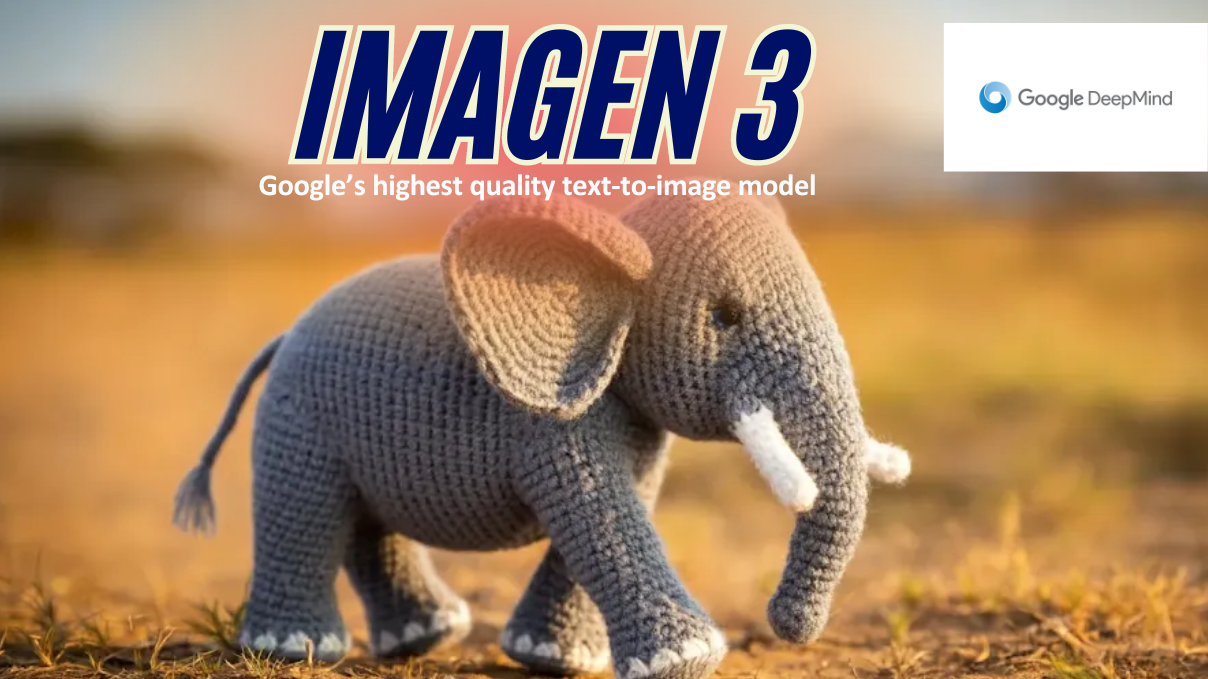Introduction
The world of artificial intelligence is evolving at an unprecedented pace, and one of the most captivating advancements is in the realm of image generation. Google’s Imagen 3 stands as a testament to this rapid progress, delivering stunningly realistic images that push the boundaries of what’s possible with AI.
In this blog post, we’ll delve deep into the capabilities of Imagen 3, exploring how it works, its groundbreaking features, and the potential implications for various industries. We’ll also discuss the challenges and ethical considerations surrounding this powerful technology.
Understanding Imagen 3
Imagen 3 is a text-to-image model developed by Google AI. It’s designed to generate highly detailed and realistic images based on textual descriptions. By inputting a prompt, users can conjure up intricate scenes, objects, and characters with astonishing accuracy.
At its core, Imagen 3 employs a complex neural network architecture that has been trained on a massive dataset of images and text. This training process enables the model to learn the intricate patterns and relationships between visual and textual information. When presented with a new text prompt, the model generates an image that aligns closely with the given description.
The Power of Imagination Unleashed
One of the most remarkable aspects of Imagen 3 is its ability to transform abstract concepts into tangible visuals. Whether it’s a fantastical creature, a futuristic cityscape, or a historical event, Imagen 3 can bring these ideas to life with astonishing detail.
For instance, a simple prompt like “a futuristic cyberpunk city with flying cars and neon lights” can result in a breathtaking image that captures the essence of the genre. This level of creativity and precision opens up endless possibilities for artists, designers, and storytellers.
Breaking Down the Barriers
Imagen 3’s capacity to generate highly realistic images has the potential to disrupt several industries. For example, in the advertising and marketing sector, it can be used to create compelling visuals for campaigns, saving time and resources. In the film and gaming industries, it can assist in concept art and environment design, providing a foundation for immersive worlds. Even in the scientific field, Imagen 3 can aid in visualizing complex data and generating hypothetical scenarios.
However, it’s essential to acknowledge that Imagen 3 is not without its limitations. While it excels at generating static images, it still struggles with dynamic elements like movement and video creation. Additionally, there are concerns about the potential misuse of the technology, such as creating deepfakes or generating harmful content.
Ethical Considerations
As with any powerful technology, it’s crucial to address the ethical implications of Imagen 3. One of the primary concerns is the potential for deepfakes, which can be used to spread misinformation or harm individuals. It’s imperative to develop robust detection and prevention measures to mitigate these risks.
Furthermore, the use of copyrighted material in training data raises legal and ethical questions. It’s essential to ensure that the model’s outputs do not infringe on the rights of others.
The Future of Image Generation
Imagen 3 represents a significant milestone in the field of AI, but it’s likely just the beginning. As technology continues to advance, we can expect even more sophisticated image generation models to emerge. These models may be capable of creating videos, interactive images, and even generating realistic simulations of the real world.
The future of image generation is undoubtedly bright, but it’s essential to approach it with caution and responsibility. By understanding the potential benefits and risks, we can harness the power of this technology for good while mitigating its negative impacts.
In conclusion, Imagen 3 is a remarkable achievement that showcases the rapid progress of AI. Its ability to generate stunningly realistic images has far-reaching implications for various industries. While challenges and ethical considerations remain, the future of image generation is undeniably exciting.





